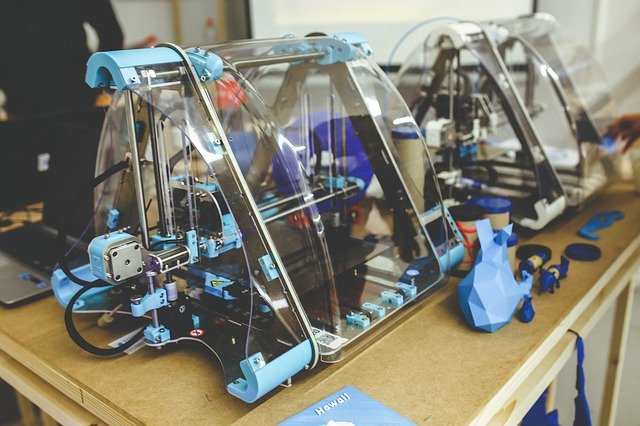3D Printing, also known as Additive Manufacturing, creates three-dimensional objects using Computer-Aided Design (CAD) software. Introduced in the 1980s as a tool for rapid prototyping, the technology has undergone many innovative changes. It has been deployed successfully in various industrial spheres, including aerospace and defence, automobile, consumer good, industrial manufacturing, and medicine and dentistry.
The technology involves layering varied materials like plastics, powders, or bio-materials to create objects of various designs and sizes. The actual printing is done by a 3D Printer, similar to a conventional 2D inkjet printer. Simple things like balls and boxes to a full-size house can be built using 3D Printing Technology.
Depending on the scope of a printing project, different printing styles are used. The oldest is the Digital Light Processing (DLP), while Fused Deposition Modelling (FDM) is the most widely used. Apart from these two, the Stereolithography (SLA) style is used to print intricately detailed objects quickly.
With the help of 3D printing technology, manufacturing units can conveniently develop prototypes with a 3D printer in as many design variations as they want, without spending too much time or money.
Let’s check out the advantages of utilising 3D printing technology in industrial manufacturing units.
Elevate your R&D – Advance your R&D process with 3D Modelling and the ability to customise the design at any production level. The digital modelling process is fast and accurate. You can visualise your designs without much physical effort, and as such, any modification is easy.
Intricate designs made easy – Traditional manufacturing processes were limited as far as intricately detailed designs were concerned. With 3D printing, you can model and print as complex a design as you want, that too fast and at a low cost.
Lightweight and durable products – Plastic is the commonly used material for 3D Painting. This is most conducive for aerospace and automobile manufacturing as both sectors require their parts to be lightweight.
Print-on-demand – Reduced design-to-production times mean you can meet the demands of your customers super-fast by printing on demand. You delight your customers and save on inventory, and final product storage space and costs as whatever is produced goes out to the supply chain immediately.
Make your process flexible – With 3D printing technology, manufacturing units can print exactly what the customer desires, even if it is a one-off piece, without hampering the cost-effectiveness of the process. Moreover, led by customer’s choices, manufacturers using 3D printing technology do not have to stock up more than required and risk being stranded with unsold goods.
Save resource – Time and cost are the valuable resources you save using 3D printing technology in your manufacturing process, which is typically not possible in the case of moulded or machined products.
Environment friendly – Precision in design ensures that you do not have to face wastage of materials. You save on both resources and costs. Reduced wastage also makes it a green technology. Lightweight goods produced ensures fuel efficiency, thus reducing carbon emission as well.
Do you use 3D printing technology in your manufacturing unit? If not, you’re probably missing out on these big advantages.


